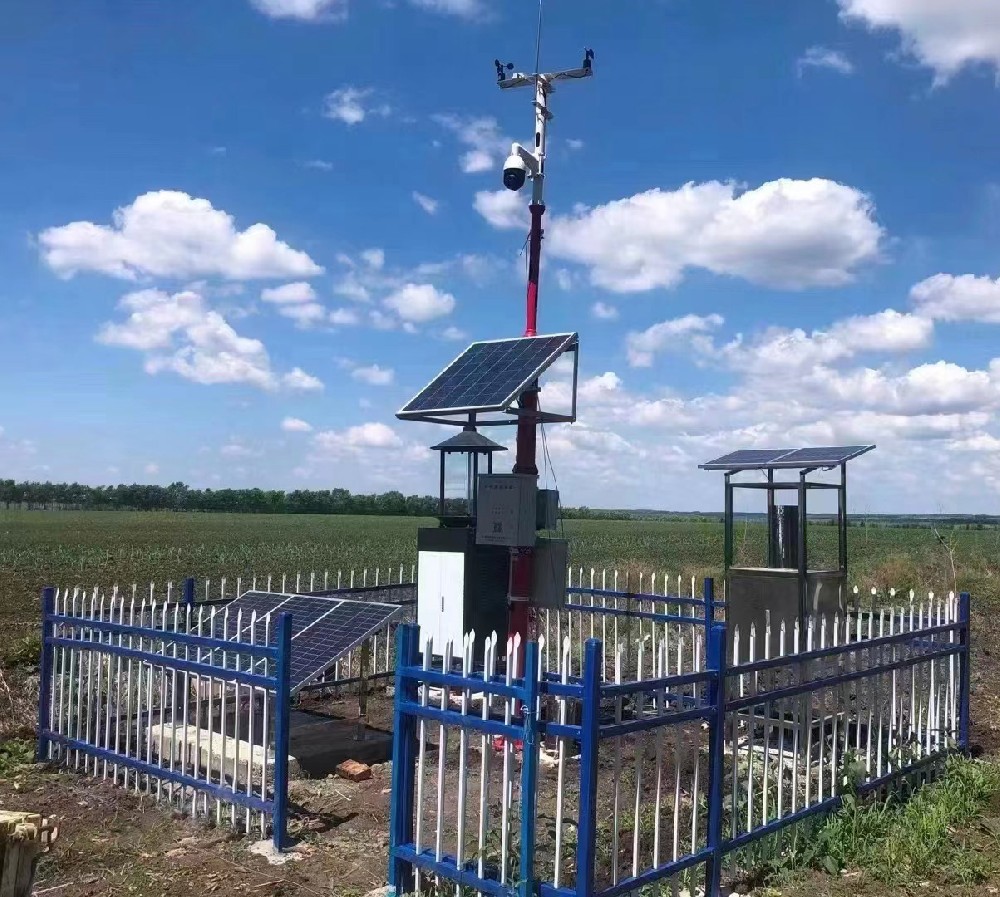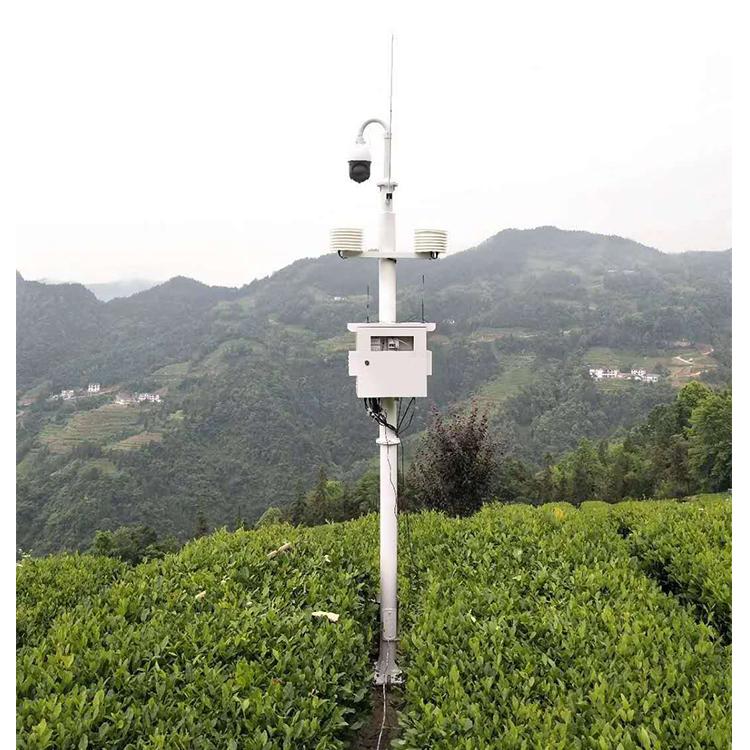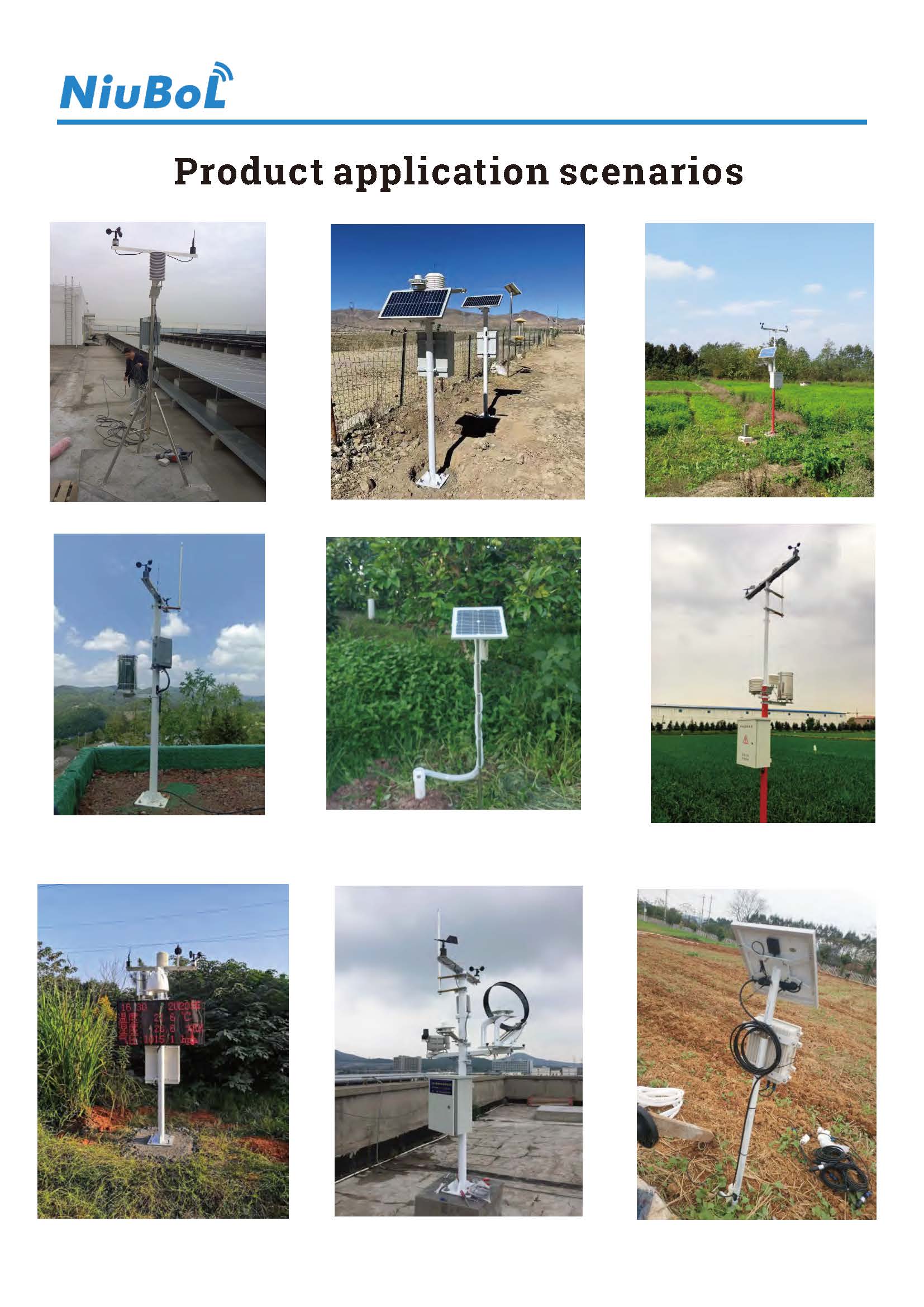

— Blogs —
—Products—
 Consumer hotline +8618073152920
Consumer hotline +8618073152920 WhatsApp:+8615367865107
Address:Room 102, District D, Houhu Industrial Park, Yuelu District, Changsha City, Hunan Province, China
Product knowledge
Time:2025-10-13 17:22:31 Popularity:397
Global climate change has transformed from a scientific prediction into the most real and urgent threat to agricultural production.
Rising global temperatures, disrupted rainfall patterns, and increasingly frequent and intense extreme weather events (such as prolonged heatwaves, floods, and sudden droughts) are eroding the stability and predictability of agricultural systems at an alarming rate. Traditional planting practices and historical meteorological data are no longer sufficient to cope with this high level of environmental uncertainty.
In this new normal, agricultural IoT sensors have become the key infrastructure for farm climate adaptation and risk management. They are no longer just tools for improving efficiency but core equipment that helps farms "survive and thrive" amid climate change. The enormous challenges brought by climate change are reshaping the agricultural sensor market and technological innovation directions in a "demand-driven" manner.

Prolonged heatwaves, intense UV radiation, sandstorms, and extended rainy seasons impose unprecedented demands on the physical endurance of sensors.
Market demand for IP protection ratings, shell corrosion resistance, and UV resistance is continuously increasing.
Sensors must operate continuously for 24 hours in extreme environments while maintaining high precision, as critical disaster warnings often occur at the most adverse moments.
The disorderly nature of rainfall patterns requires water resource management to achieve "precision down to the centimeter." Farms are beginning to deploy multi-layer soil moisture sensors (monitoring depths of 60 cm to 100 cm), groundwater level sensors, and input data into crop evapotranspiration (ET) models to enable precise irrigation and dynamic water allocation. In regions prone to frequent droughts, this type of sensor has become the "standard" for water-saving agriculture.
Next-generation agricultural monitoring systems are deeply integrating sensor data with artificial intelligence (AI) predictive models.
By analyzing multi-dimensional data such as wind speed, wind direction, humidity, and temperature in real time, the system can predict heat stress, drought levels, or fire risks hours to days in advance, helping farmers take countermeasures early to minimize losses.
Combining environmental temperature sensors with crop canopy temperature sensors allows real-time calculation of the crop heat stress index.
When the index reaches a critical value, the system automatically activates spray cooling or deploys shade nets, effectively preventing yield losses from heat damage.
Combining rainfall intensity sensors and soil moisture sensors from meteorological stations with terrain data enables real-time identification of runoff and soil erosion risks in high-risk plots, issuing early warnings to guide farmers in setting up flood and sand control facilities.
Extreme climates have altered pest and disease migration paths.
By combining high-precision wind speed and direction sensors with pest monitoring equipment, migration models for pests and diseases can be established, providing early warnings and deployment guidance for plant protection departments and farms.
An olive orchard in southern Spain has been continuously battered by heatwaves exceeding 40°C in recent summers.
The orchard deployed a [NiuBoL] network of multi-layer soil moisture and canopy temperature sensors, with the system monitoring and responding automatically in real time:
Deep soil moisture below 40%, indicating severe drought stress;
Canopy temperature 3°C higher than ambient temperature, reaching the heat stress threshold. The system automatically initiated variable-frequency drip irrigation and foliar spray cooling.
Results showed: The orchard maintained over 90% fruit retention rate during the prolonged heatwave, while neighboring orchards without sensor systems experienced up to 30% yield losses.
Sensor technology turns climate risks from "natural disasters" into "controllable variables."

NiuBoL is committed to developing climate-adaptive intelligent sensor systems. All our products undergo testing for extreme temperatures, high humidity, and strong UV exposure, ensuring long-term stable operation in the range of −40°C to +60°C.
All sensors use high-precision, low-drift, industrial-grade components and incorporate temperature compensation algorithms to guarantee accuracy and reliability even in extreme environments.
We provide not only hardware but also complete climate risk assessment and intelligent decision-making models, helping global farms achieve stable, efficient, and sustainable production amid uncertain climates.
Don't let unpredictable weather dominate your harvest.
Contact us to build your climate-adaptive agricultural monitoring system and turn risks into opportunities.

A: ET calculation relies on five key meteorological parameters: solar radiation, air temperature, relative humidity, wind speed, and soil heat flux.
Our intelligent agricultural weather stations integrate the above sensors and use the international standard Penman-Monteith model to calculate ET values in real time, enabling the most precise irrigation control.
A: Ordinary sensors are prone to accuracy drift near temperature limits.
NiuBoL industrial-grade sensors use wide-temperature-range electronic components and built-in temperature compensation algorithms to effectively eliminate the impact of extreme temperatures, ensuring high-precision output in the range of −40°C to +60°C.
A: Climate models provide macro trends, while IoT sensors provide micro real-time calibration data.
By combining the two, the system can significantly improve the accuracy of extreme weather predictions within 72 hours by about 15% or more, allowing farmers to take action before disasters strike.
Climate change is not just a threat but a catalyst for agricultural technological innovation. Farms deploying climate-adaptive sensor networks today are laying a solid foundation for sustainability and profitability over the next decade.
Prev:What Is an AWS Weather Station?
Next:Growth of Automated Weather Stations in Developing Countries
Related recommendations
Sensors & Weather Stations Catalog
Agriculture Sensors and Weather Stations Catalog-NiuBoL.pdf
Weather Stations Catalog-NiuBoL.pdf
Related products
 Combined air temperature and relative humidity sensor
Combined air temperature and relative humidity sensor Soil Moisture Temperature sensor for irrigation
Soil Moisture Temperature sensor for irrigation Soil pH sensor RS485 soil Testing instrument soil ph meter for agriculture
Soil pH sensor RS485 soil Testing instrument soil ph meter for agriculture Wind Speed sensor Output Modbus/RS485/Analog/0-5V/4-20mA
Wind Speed sensor Output Modbus/RS485/Analog/0-5V/4-20mA Tipping bucket rain gauge for weather monitoring auto rainfall sensor RS485/Outdoor/stainless steel
Tipping bucket rain gauge for weather monitoring auto rainfall sensor RS485/Outdoor/stainless steel Pyranometer Solar Radiation Sensor 4-20mA/RS485
Pyranometer Solar Radiation Sensor 4-20mA/RS485
Screenshot, WhatsApp to identify the QR code
WhatsApp number:+8615367865107
(Click on WhatsApp to copy and add friends)
